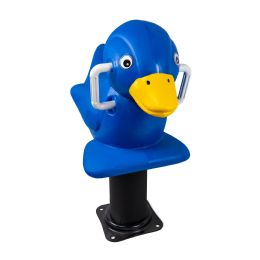
_design_happy_hollow_happy_hollow_corected_image_outdoors_2_kids_running_to_hh_sun_1.jpgun_1.jpeg&newheight=260&quality=80)
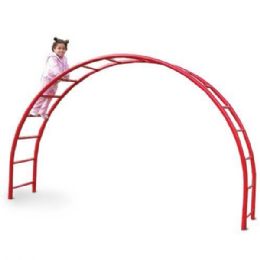
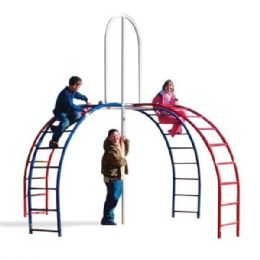
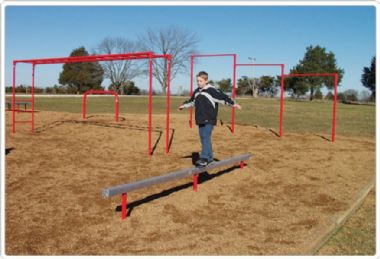
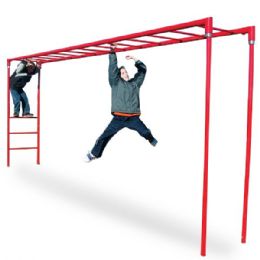
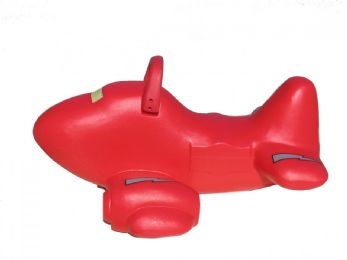
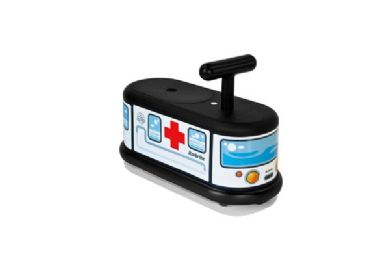


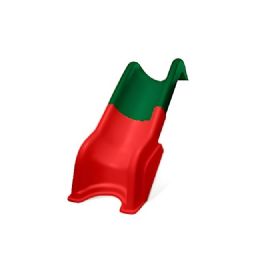
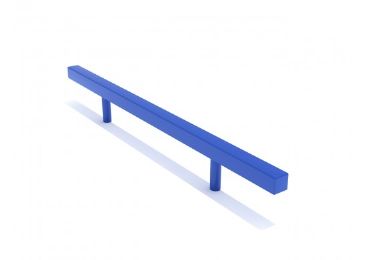
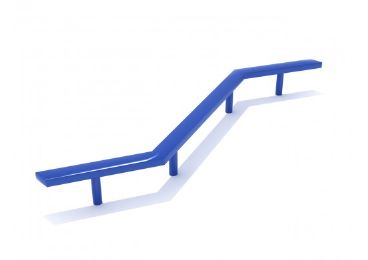
~3.jpg&newheight=260&quality=80)
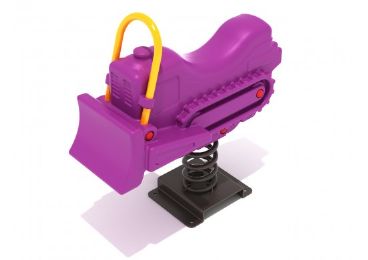
~3.jpg&newheight=260&quality=80)

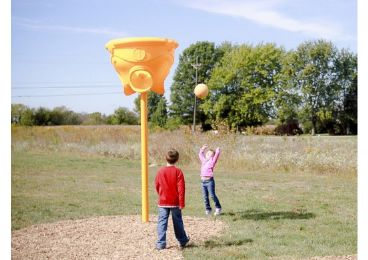

~2.jpg&newheight=260&quality=80)

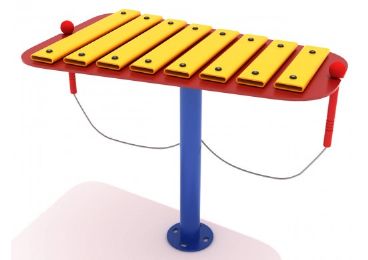
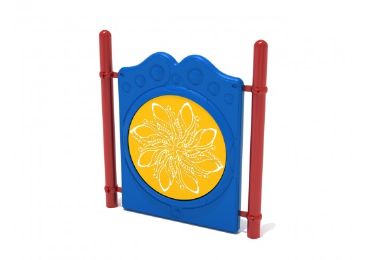


~3.jpg&newheight=260&quality=80)
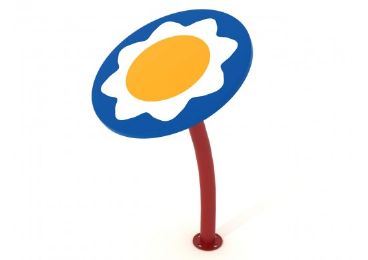
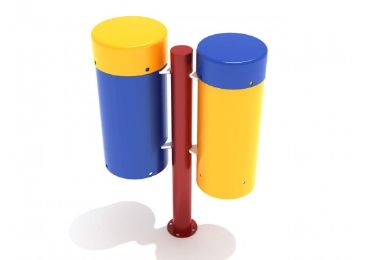
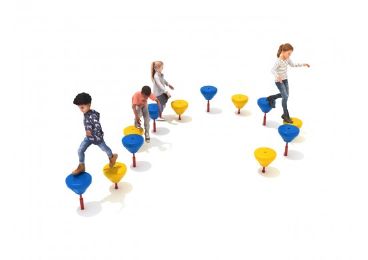

~3.jpg&newheight=260&quality=80)
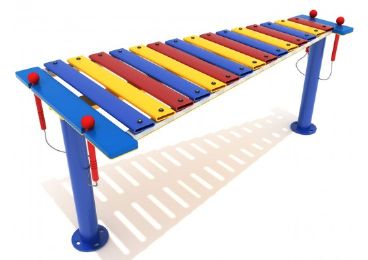
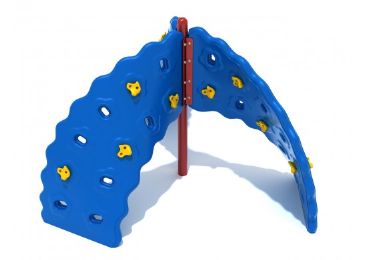

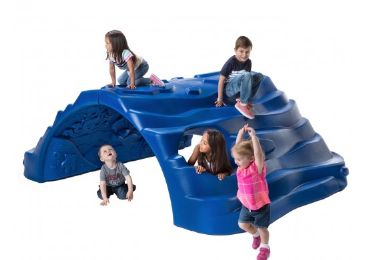
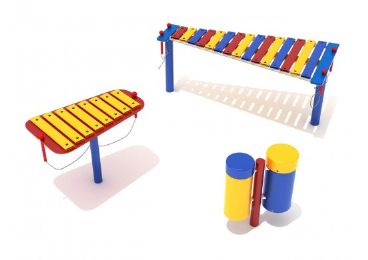


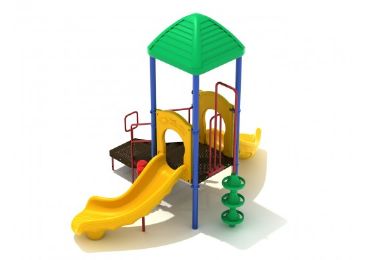
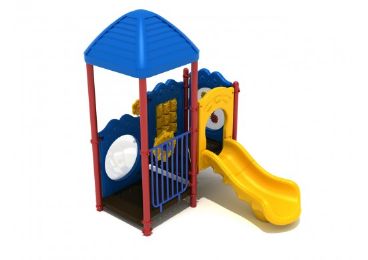
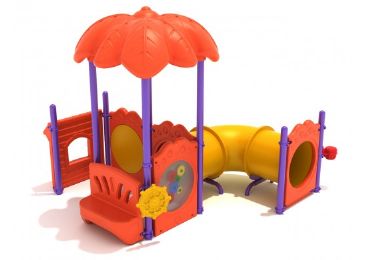
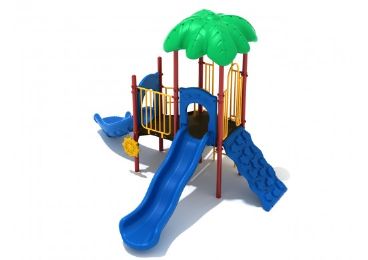
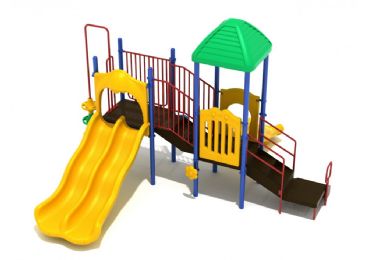

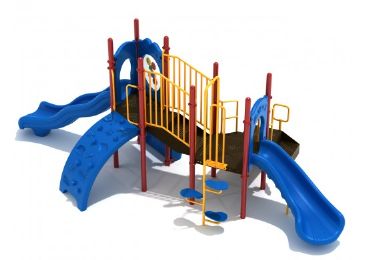

_-552x390.jpg&newheight=260&quality=80)
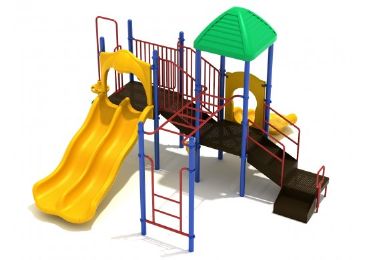
~1.jpg&newheight=260&quality=80)
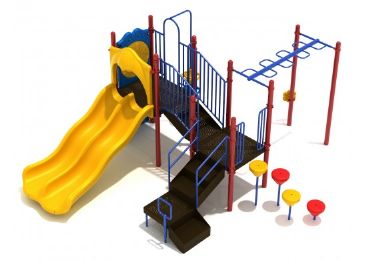
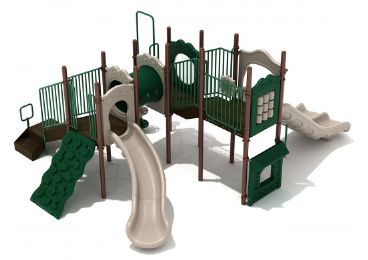
.jpg&newheight=260&quality=80)
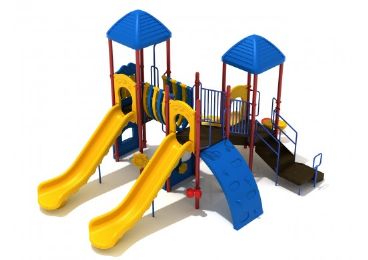

~4.jpg&newheight=260&quality=80)
~1.jpg&newheight=260&quality=80)

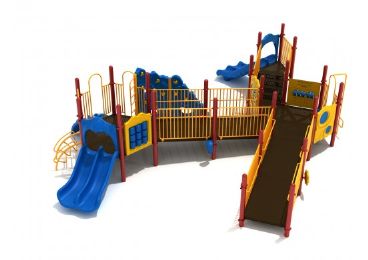


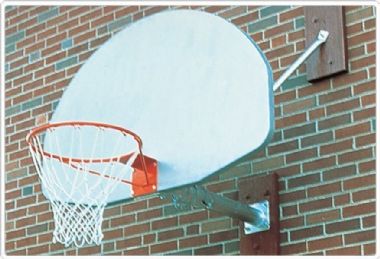

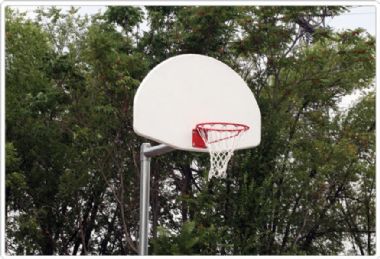
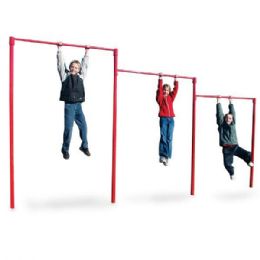
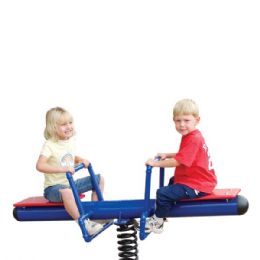
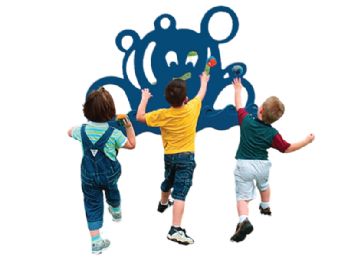
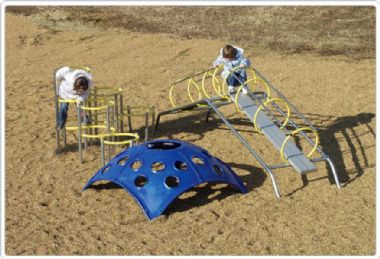
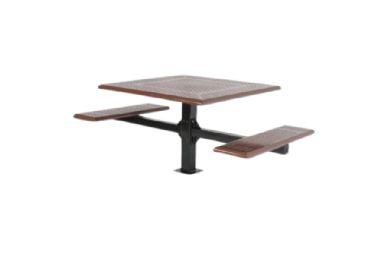
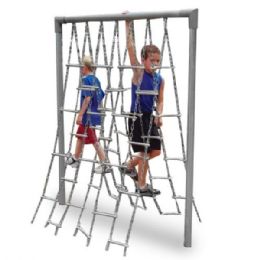
.jpg&newheight=260&quality=80)
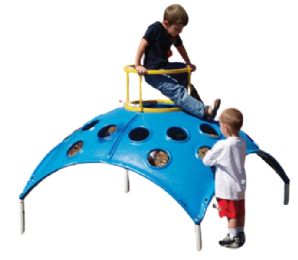


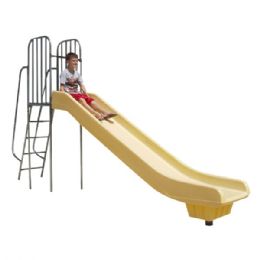
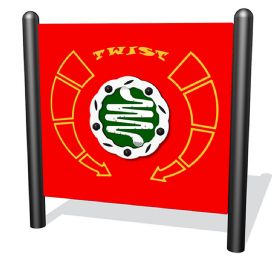
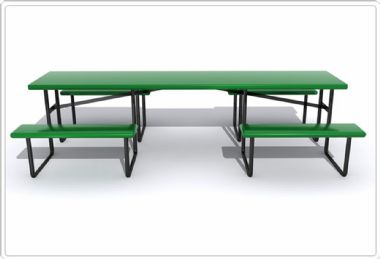
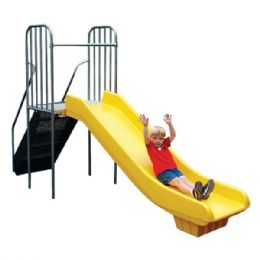


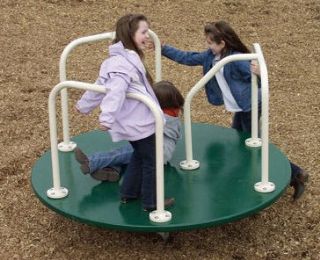
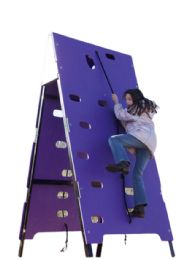
.jpg&newheight=260&quality=80)
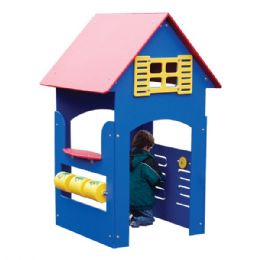


.png&newheight=260&quality=80)
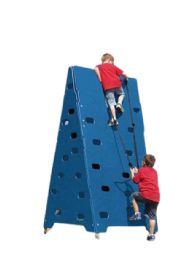
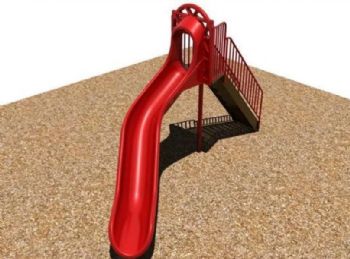
.jpg&newheight=260&quality=80)
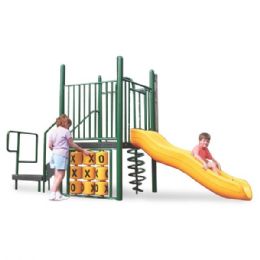
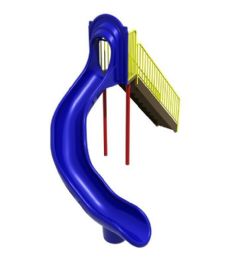

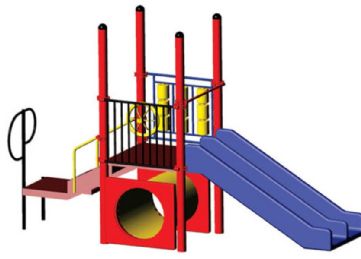
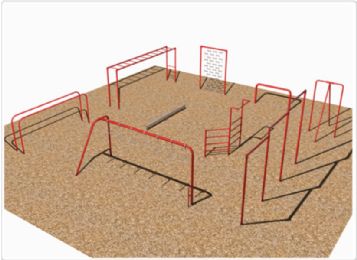
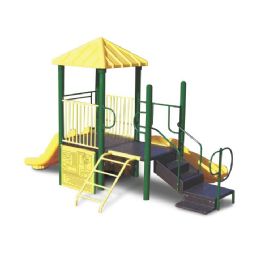
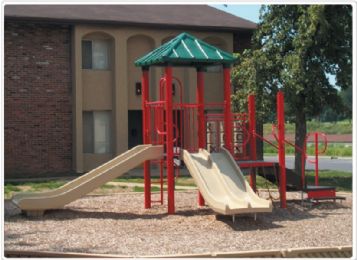
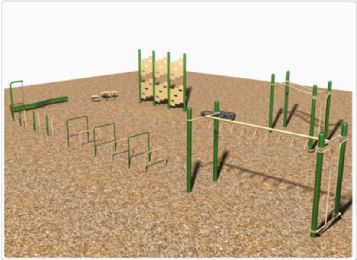
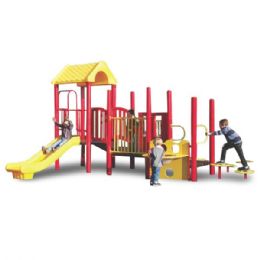
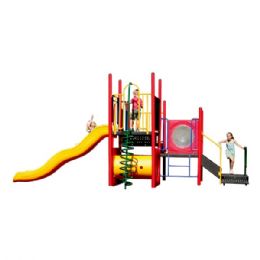
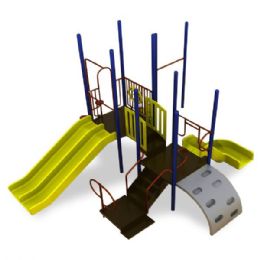
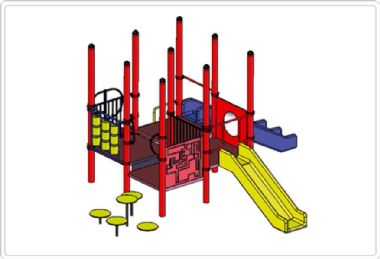
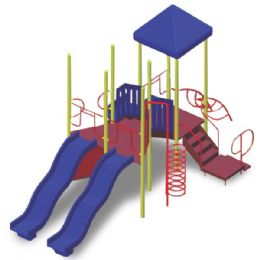
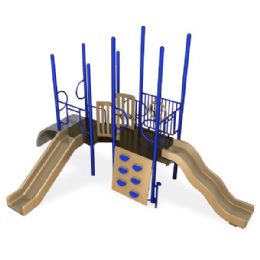
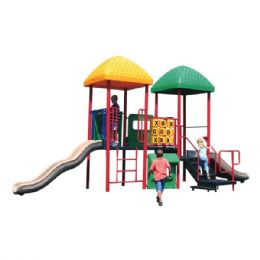
.jpg&newheight=260&quality=80)
.jpg&newheight=260&quality=80)
.jpg&newheight=260&quality=80)
.jpg&newheight=260&quality=80)
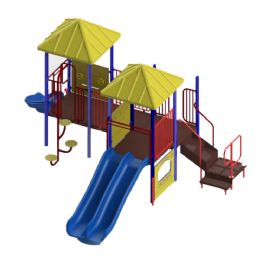
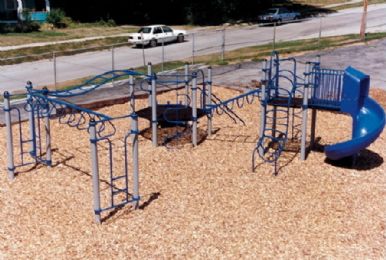
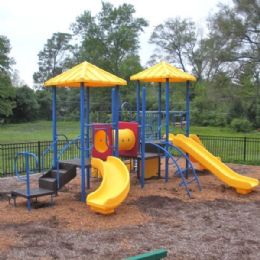
.jpg&newheight=260&quality=80)
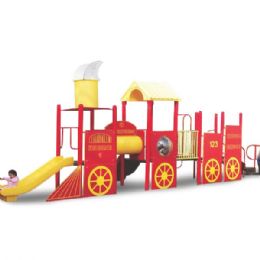
.jpg&newheight=260&quality=80)
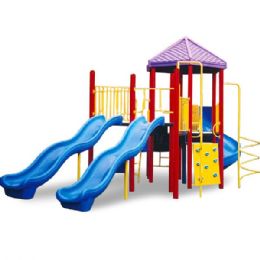
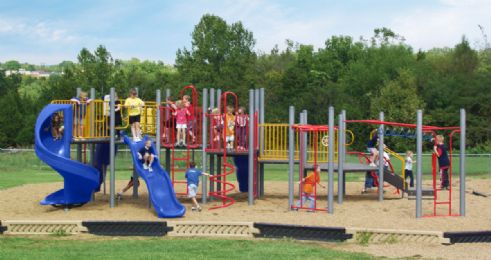
.jpg&newheight=260&quality=80)
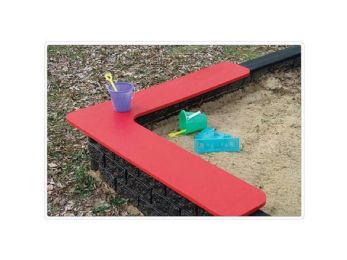
How Does Play Affect My Child's Development?
While there are many reasons and benefits to why children need to be able to play, one of the most important is its promotion of cognitive skills. Creativity, discovery, problem-solving, reasoning and dexterity are all important cognitive skills that a child learns very easily from mobile play and playful activities. For example, simply playing on the monkey bars requires motor skills, hand-eye coordination and reasoning skills, important tools that your child will need to learn to function more effectively in everyday situations as they get older.
Playgrounds and engaging in play with others also teaches children how to more properly interact socially. Going down a slide generally means multiple children forming a line and taking turns, which helps to teach a child language/communication, patience and cooperation, important skills they will need for healthy social interactions in school, and whenever they need to work with or alongside others. Make-believe games and pretending are all crucial aspects of a child's playtime, and learning these skills teach children coping mechanisms and social rules, and ways to sort through differing ideas, identities and concepts, figuring out contrasts of what the child likes or doesn't like, leading to a stronger sense of self.
Playground equipment comes in a wide assortment of fun and function for a varied range of applications that include school playgrounds, park playgrounds and backyard playgrounds. From monkey bars that help build and strengthen muscle endurance in the upper body to crawling through tunnels, climbing rope walls, and balancing on see-saws which all help with balance and flexibility development, to running up stairs to go down slides which helps build and strengthen muscle endurance in the lower body, there are playground toys and equipment to suit every unique desire.
How to Choose the Right Playground Equipment.
Whether you want to choose playground equipment for a school, park or private backyard, there are some important points to consider first:
Site Selection
Make sure your playground site selection is generally level, with good drainage, and that there will not only be plenty of room for the equipment, but also for the children to run and play safely around it. Since children are always going to fall while playing, the playground ground surface should be filled with some kind of soft, natural material as well. There are minimum depths of surfacing required for differing pieces of equipment and these depths must also be maintained at all times after the playground is in use to ensure safety for the young users. This surfacing should also extend a minimum of six feet or more from the external perimeter of all the playground equipment.
Too much sun exposure might make the playground equipment too hot, so some trees, awning or some other kind of provided shade is always a good addition. Check travel patterns to and from the play areas and around where the varying pieces of playground equipment will be placed for tripping hazards like tree roots and remove these kinds of dangerous obstacles with grading or landscaping. Fencing and signs also help to keep a public playground safe and secure, while benches are always appreciated by parents, caregivers, and babysitters.
User Group Determination
Differently-aged children have varying needs and abilities from each other, so determining what age groups will be using the playground helps in determining what kinds of age-appropriate equipment to choose. The equipment should include varying access, deck heights and activities that encourage further development and new skills, but should not be beyond the capabilities of the basic age group you are most trying to accommodate.
Calculating how many users will be generally using the playground at one time, and how frequently it will be used is also important in deciding what equipment to purchase. The ease of access for disabled children should also be a major consideration. Public and commercially owned playground areas now have to comply with the 2010 ADA (Americans with Disabilities Act) standards.